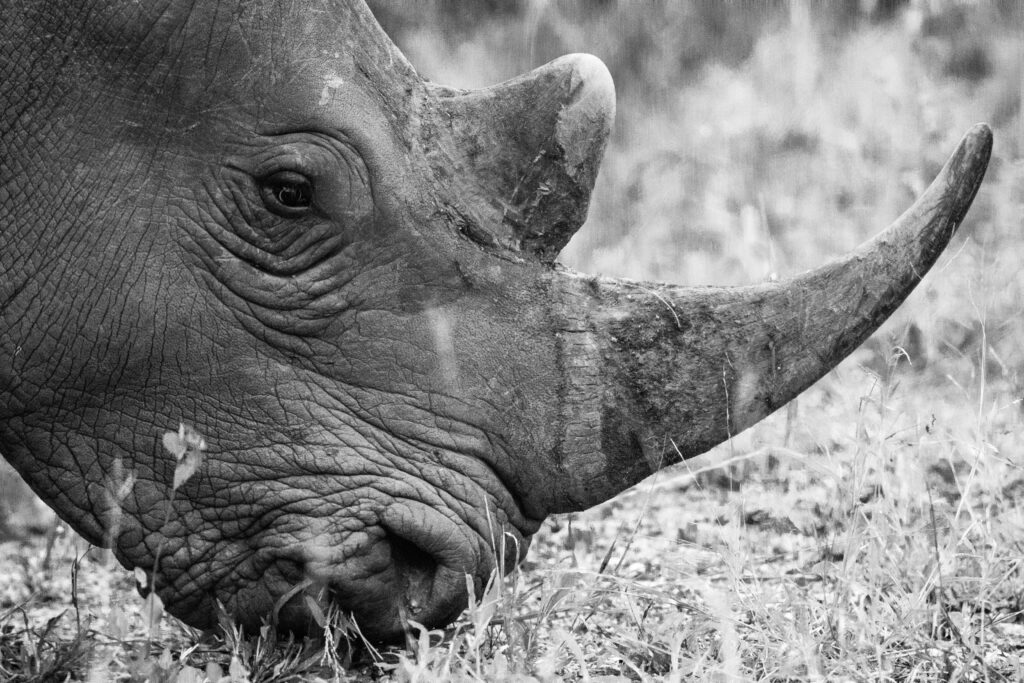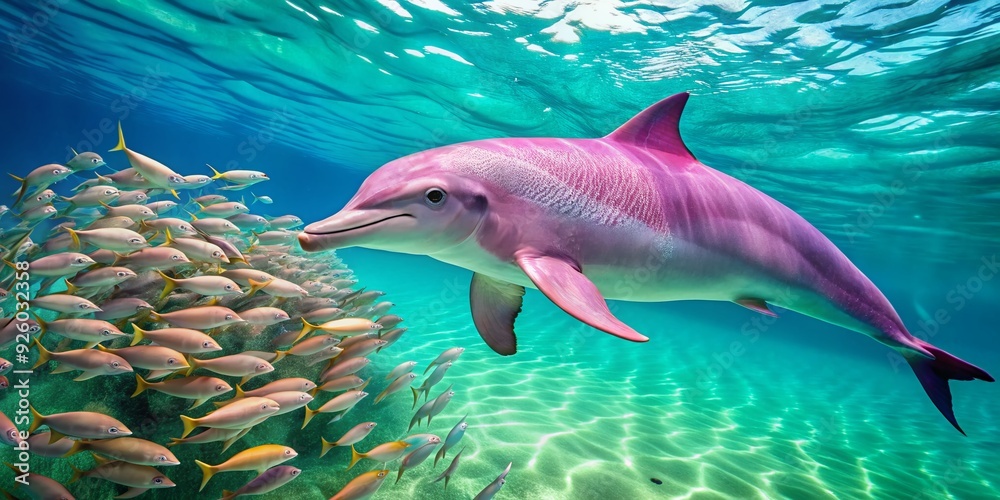Introduction
Rhinos, some of the most iconic and ancient mammals on Earth, are currently facing an uncertain future. With their numbers dwindling due to poaching, habitat loss, and climate change, the question Are rhinos endangered? has become more pressing than ever. In this article, we explore the causes of their endangerment, conservation efforts, and what the future holds for these magnificent creatures.
Understanding Rhino Endangerment Status
Rhinos are divided into five distinct species: White, Black, Indian, Javan, and Sumatran. Each species faces varying levels of threat, with some on the brink of extinction.
White Rhino (Ceratotherium simum)
White rhinos are classified into two subspecies: the Southern White Rhino, which has a relatively stable population, and the Northern White Rhino, which is functionally extinct, with only two known individuals left.
Black Rhino (Diceros bicornis)
Once widespread, black rhinos have suffered significant population declines. They are currently listed as critically endangered due to poaching and habitat destruction.
Indian Rhino (Rhinoceros unicornis)
Also known as the greater one-horned rhinoceros, Indian rhinos have seen successful conservation efforts. However, they remain vulnerable due to habitat fragmentation and human-wildlife conflicts.
Javan Rhino (Rhinoceros sondaicus)
Javan rhinos are among the rarest mammals, with fewer than 80 individuals surviving in the wild. Their entire population is confined to a single national park in Indonesia.
Sumatran Rhino (Dicerorhinus sumatrensis)
This species faces extreme endangerment, with fewer than 80 individuals left. Their survival depends on urgent conservation efforts to protect their habitat and prevent further population decline.
Why Are Rhinos Endangered?
Rhino populations have declined drastically due to several factors, including human activity and environmental changes. The main threats include poaching, habitat loss, climate change, and human-wildlife conflict.
Poaching for Rhino Horn
Poaching remains the primary reason rhinos are endangered. Rhino horns are highly valued in illegal wildlife trade, often used in traditional medicine and as status symbols. Despite international bans, poaching continues to decimate rhino populations.
Habitat Loss and Fragmentation
As human populations expand, rhino habitats are increasingly converted into agricultural and urban areas. This reduces available land for rhinos, forcing them into smaller, isolated regions where survival becomes difficult.
Climate Change Effects
Changing weather patterns and habitat conditions affect rhino food sources and water availability. Increased droughts and extreme weather events make survival even more challenging.
Human-Wildlife Conflict
With rhinos losing their natural habitat, interactions with humans increase. This often results in rhinos being killed to protect livestock and farmlands, further contributing to their decline.
Conservation Efforts to Protect Rhinos
Despite the challenges, dedicated conservation efforts have made significant strides in protecting rhinos and their habitats. Various organizations and governments are working to prevent extinction through anti-poaching measures, habitat restoration, and breeding programs.
Anti-Poaching Measures
To combat poaching, governments and conservation groups employ stricter law enforcement, advanced surveillance technologies, and on-ground ranger patrols.
Habitat Protection and Restoration
Efforts to restore rhino habitats focus on reforestation, reducing human encroachment, and creating protected areas where rhinos can roam freely.
Breeding and Captive Conservation Programs
Captive breeding programs aim to increase rhino populations and reintroduce them into the wild. Artificial reproduction techniques, including in-vitro fertilization, are being explored for species on the brink of extinction.
Community Involvement and Awareness
Educating local communities on the importance of rhino conservation helps reduce poaching and habitat destruction. Community-based programs promote eco-tourism and provide alternative sources of income.
The Future of Rhinos: Hope for Survival
While rhinos remain endangered, ongoing conservation efforts offer hope for their future. By addressing threats and promoting sustainable practices, we can help ensure these majestic animals continue to thrive.
Stronger Legislation and International Cooperation
Strict laws and global cooperation play a crucial role in tackling wildlife trafficking and habitat destruction.
Genetic Research and Scientific Innovations
Advancements in genetics, such as cloning and genetic rescue techniques, may offer new solutions for saving critically endangered species.
Public Support and Advocacy
Raising awareness about rhino conservation and supporting organizations that protect them can contribute to their survival.
Frequently Asked Questions (FAQs)
Are all rhino species endangered?
While some rhino species, like the Southern White Rhino, have stable populations, others, such as the Javan and Sumatran rhinos, are critically endangered.
What is being done to stop rhino poaching?
Governments and conservation organizations implement anti-poaching patrols, advanced surveillance, and strict legal enforcement to combat illegal wildlife trade.
How many rhinos are left in the wild?
Global rhino populations are estimated to be around 27,000, with the majority being White and Black rhinos.
Can rhinos recover from being endangered?
With dedicated conservation efforts, some rhino populations have shown signs of recovery. However, ongoing threats still pose significant risks.
How can individuals help rhino conservation?
Supporting wildlife conservation organizations, spreading awareness, avoiding products made from rhino horn, and promoting eco-tourism can all contribute to rhino protection.
Conclusion
So, are rhinos endangered? Yes, they are, but conservation efforts provide hope for their survival. By addressing poaching, habitat loss, and climate change, we can help secure a future where rhinos continue to roam the Earth. Everyone has a role to play in their protection, from governments and conservationists to individuals passionate about wildlife preservation.

